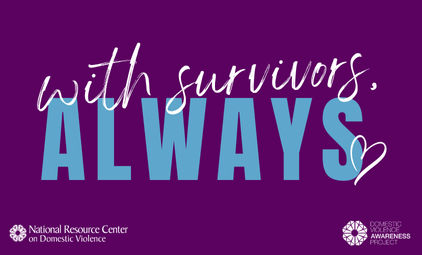The state of Alaska experiences noticeably high rates of domestic violence and sexual assault, and new results from the 2015 Alaska Victimization Survey report the unfortunate reputation of stalking statewide.
The survey reported among all women in the state, that one in three, more than 80,800, have been stalked in their lifetime, while one in seventeen, more than 15,300, have been stalked in the past year.
The Alaska Victimization Survey also recorded that 50 percent of women who experienced intimate partner violence or sexual violence in their lifetime were also stalked, while 27 percent were reportedly stalked in the past year.
Stalking is a form of domestic violence that most commonly includes unwanted phone calls and texts, being approached at work, home or school — or any kind of non-consensual contact.
The Alaska Victimization Survey is conducted annually by the Council on Domestic Violence and Sexual Assault and the UAA Justice Center.
Andre Rosay, the director of the Justice Center at UAA and also the principal investigator for the AVS, analyzes and disseminates all results of the survey.
Rosay thinks that social norms play an important role in condoning the use of violence and that the university is in a position to make an effective change.
“The university can do a significant amount of public education to change social norms so that violence against women is never condoned. The university also has a responsibility to do this to protect students, faculty and staff from gender-based violence,” Rosay said.
Learned through survey and research, Rosay indicated that the prevention of sexual assault and domestic violence is actually very simple.
“All of us can and should do something. We don’t have to do everything, but if each one of us did one thing to prevent violence in our homes and relationships, we would have a much safer and healthier society,” Rosay said.
Lindsey Blumenstein, a professor in the UAA Justice Center who assisted with the AVS, understands that there are many factors that contribute to the state’s high rates of victimization.
“Our state is very diverse and very large, with many rural communities that do not have easy access to health care, education, law enforcement or victim services,” Blumenstein said. “All of these things in conjunction with one another, and a combination of other things, contribute to our issues.”
Blumenstein believes that the university can do many things to help prevent this violence. The University of Alaska is currently working on implementing both prevention programming, including bystander intervention, as well as policy changes for students, faculty and staff.
“I think the biggest thing individuals can do to prevent violence is simple, if you see something — say something,” Blumenstein said. “Do not let people get away with treating others with disrespect. It’s time to bring this violence to the forefront and talk about these issues.”
Results from the survey are used in planning and policy development, evaluating the impact of prevention and intervention services, and provide greater support for preventing violence against women.
The Council on Domestic Violence and Sexual Assault partners with programs at the university and figures in communities throughout the state to educate with a variety of prevention programs.
Patricia Owen, the current chair of the CDVSA thinks that the university needs strong policies, protocols and procedures related to domestic and sexual violence.
“Women and men need to value and teach respect, and know how to model healthy relationships and learn how to build healthy relationship skills from the earliest age,” Owen said. “People who experience or are exposed to violence are at a higher risk, especially those that experience violence during childhood or other forms of adverse childhood experiences.”
The university will soon be requiring all students, faculty and staff to complete training on domestic violence and sexual assault to ensure preparation for future incidents.
For more information on the Alaska Victimization Survey, go to http://www.uaa.alaska.edu/justice/avs.















